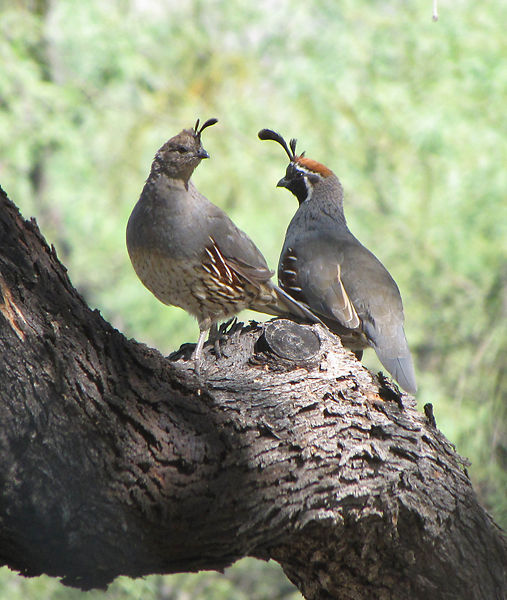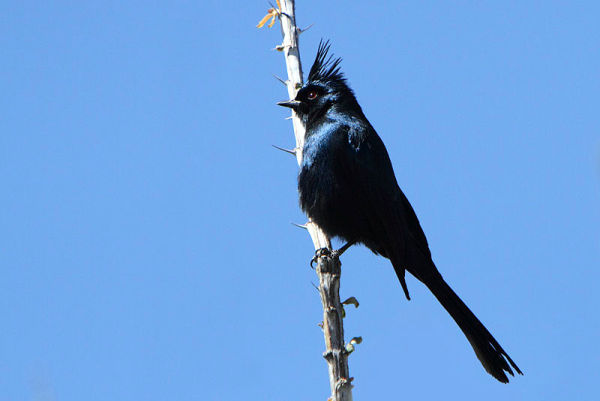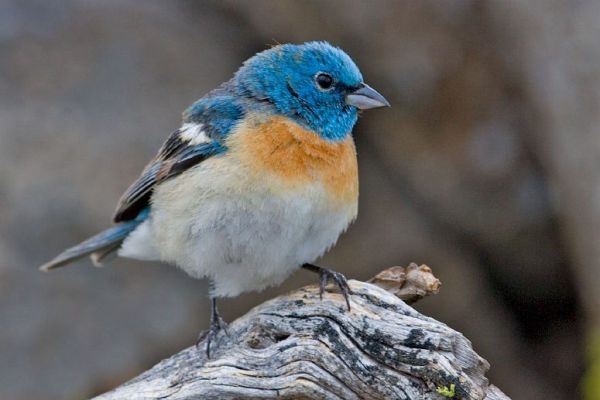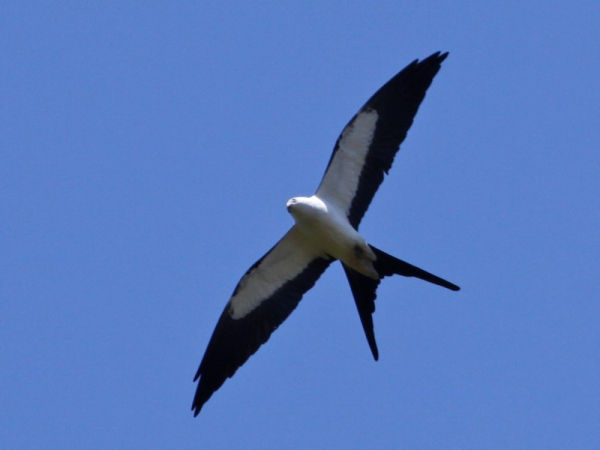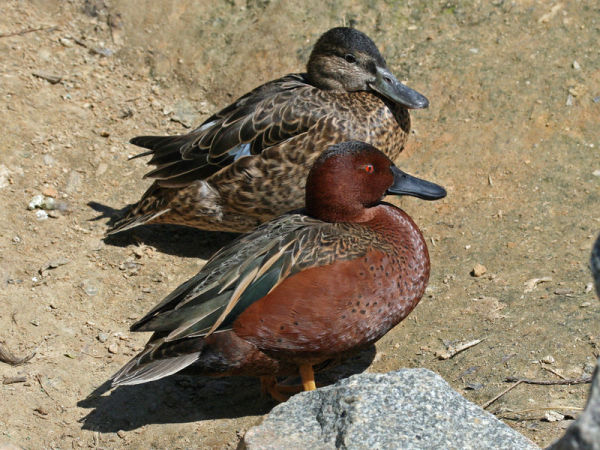
April 7, 2011
For almost a decade I attended a convention every April in Las Vegas, but hard times hit in 2008 and I haven’t been there for three years. I don’t miss the Las Vegas Strip but I do miss the birds so starting this afternoon my husband will mind the house while I fly west.
I could have picked a thousand other places for my birding vacation but I know Las Vegas. It’s easy to get to (non-stop flight), and it has a surprising variety of habitat. In 2007, I saw 101 species in only 3 days of birding there!
So for the next week I’m going to blog about the birds I’ll be seeing in southern Nevada. Along the way I’ll tell you about some birding hotspots in the area.
My first and favorite hotspot is Henderson Bird Preserve, a sewage treatment plant in Henderson, Nevada that’s been intentionally landscaped for birds and bird watchers. It’s beautifully laid out with natural vegetation, lots of water and good nesting habitat.
At Henderson I’m sure to find cinnamon teal, the only common duck that isn’t found east of the Mississippi. They’re similar in size, shape and feeding habits to the blue-winged teal with whom they often associate.
Cinnamon teal are completely western birds. Some live year round in western California and southern Arizona, and some winter in southern Texas, but most of them come to the U.S. only in the summer. (They live year round in South America.)
In April in Henderson the cinnamon teal are courting and pairing up. Some will nest at the Bird Preserve.
Right now I’m looking forward to seeing them but by Day Two I’ll have seen so many that I’ll stop looking at them. Such is birding.
(photo by Dick Daniels from Wikimedia Commons. Click on the photo to see the original)
